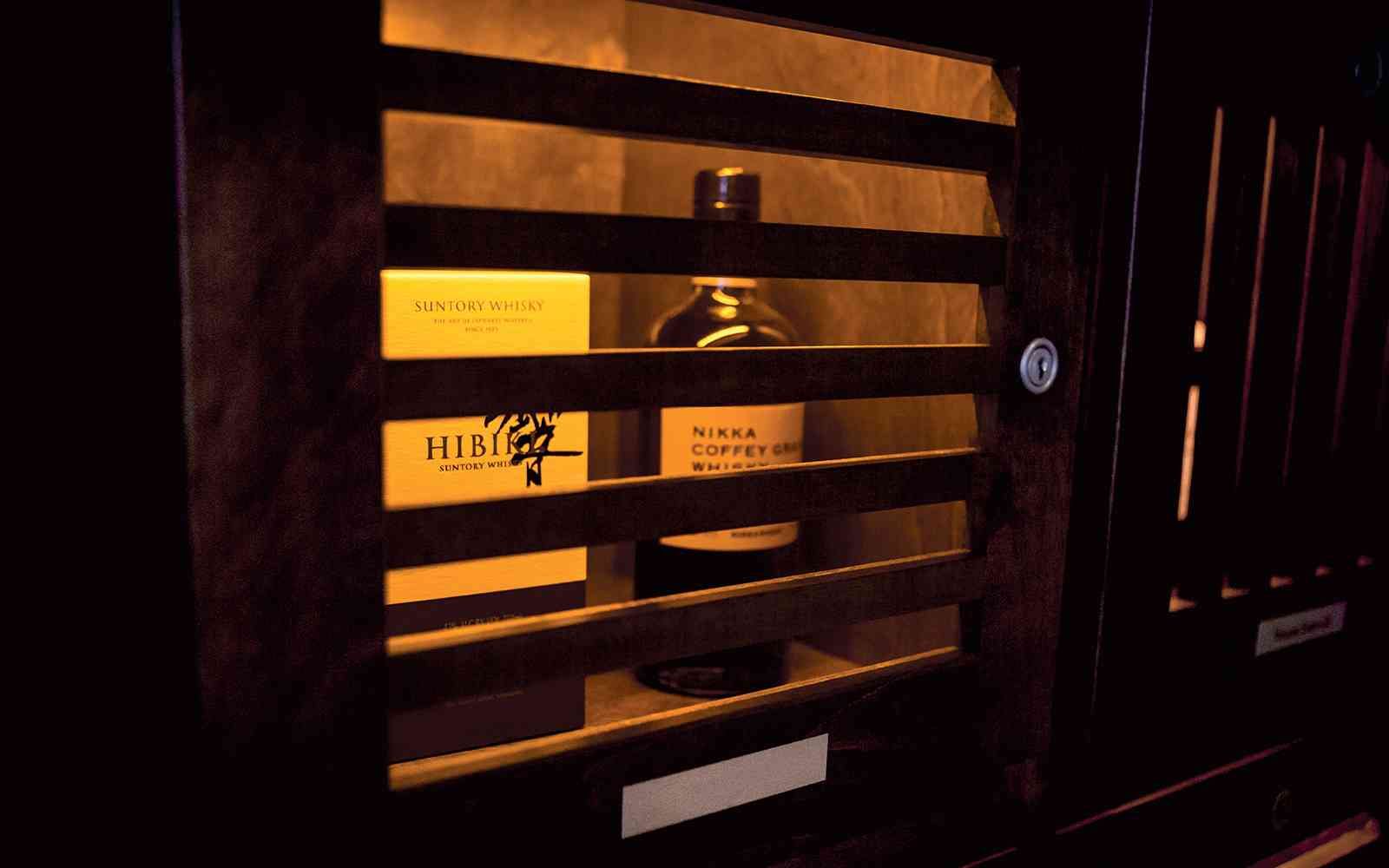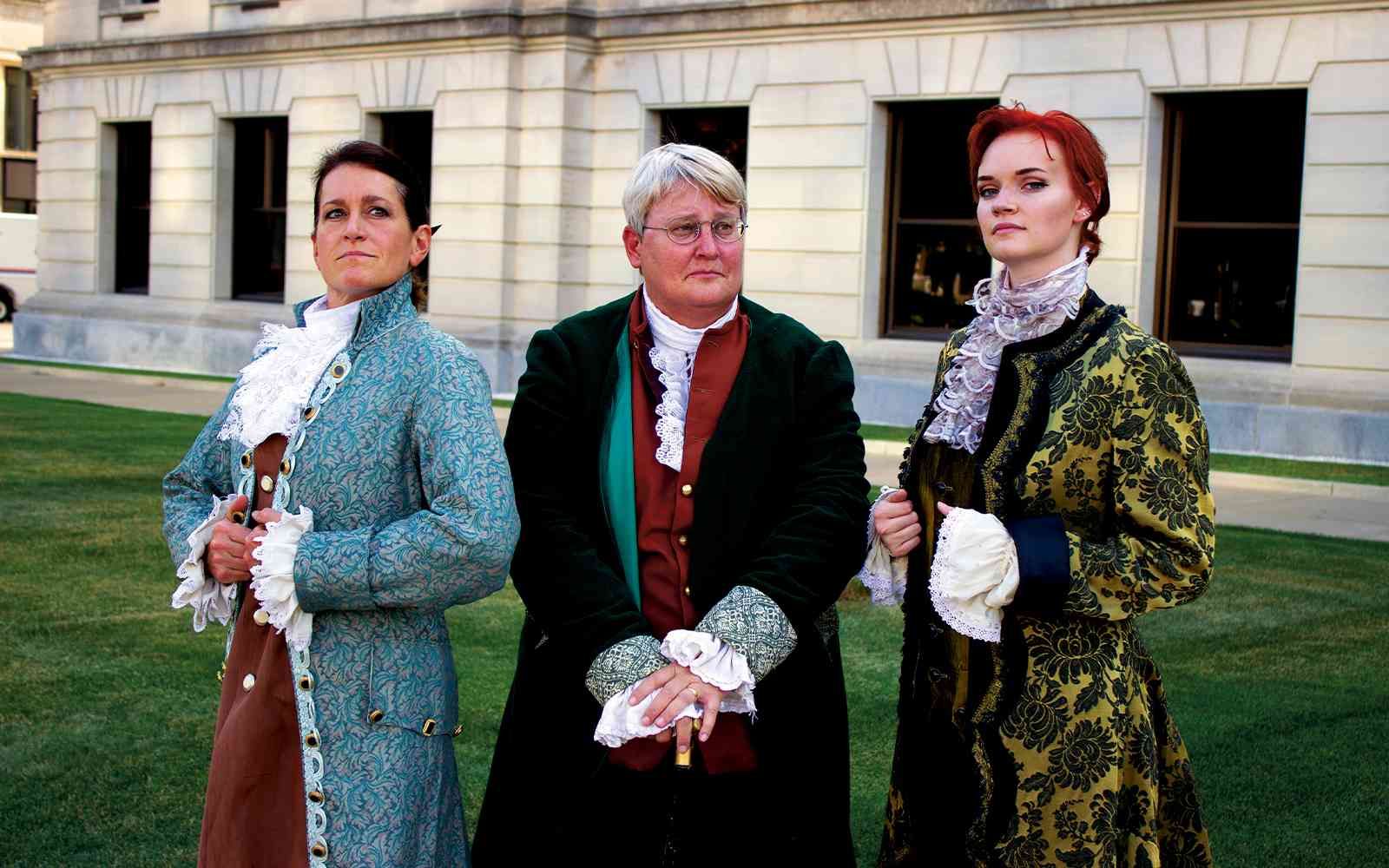When people pull up stakes and leave a town, one of the things that they miss about their former stomping ground is one or more of its restaurants.
In other words, you can pull up stakes, but you can’t always pull up steaks.
Or sushi, for that matter.
Fine Idea from Terre Haute
When then-current Lutheran Health CEO Brian Bauer moved from Terre Haute to Fort Wayne, he missed the Umi Grill, a Japanese restaurant in that Vigo County city.
So he decided to team up with other former Terre Hautians (hospital administrator Aaron Garofola and oncologist Ryan Gonzales) and open a version of it in Fort Wayne.
The chef of the Terre Haute restaurant, Yan Qing Qi, was engaged to help train the staff in Fort Wayne.
The Fort Wayne Umi opened in early 2017 and it was an instant smash.
Like several fine Fort Wayne restaurants, Umi offers fresh, authentically prepared sushi and sashimi.
But there are several novel dining concepts that Umi has brought to the area for the first time.
For example, whisky lockers.
A locker for your liquor
“So (the owners) were in Miami, Florida,” said Umi’s marketing specialist, Rachel Hall. “And they were at a critically acclaimed restaurant that had whisky lockers and big whisky tastings. That really got them thinking. So they changed the trajectory of the wine lockers to whisky lockers.”
The idea behind wine and whisky lockers is the same: frequent guests rent storage cabinets in which they keep the nectars that they prefer to enjoy while dining.
The spirits are paid for in advance, so they never appear on the bill for the meal.
Like sushi, the whisky locker seems to have originated in Japan.
New York restaurateur Tommie Tardie added the whisky locker concept to his Big Apple establishments after encountering it in the Rippongi neighborhood of Tokyo, according to Whiskey Wash writer Amanda Schuster.
Whisky “bottle-keep” programs migrated from Japan to Asian restaurants in Washington, D.C., about five years ago, according to Washingtonian writer Anna Spiegel.
“It was a way to show hospitality and gratitude for the regulars in the higher-end nightlife districts (in Japan),” Hall said. “They would keep their regulars’ favorite drinks on hand.”
To rent a whisky locker at Umi, one must make an initial investment of $1,500 and then pay an annual fee of $500, Hall said.
Thus far, 80 Umi patrons have rented lockers, she said.
The Fort Wayne Bourbon Society regularly holds meetings at Umi and one of the reasons for that might be Umi’s selection of Japanese whiskies.
Japanese whiskies
Japanese whiskies are all the rage these days thanks to a profusion of international awards.
“Japanese distillers like Suntory, which makes the Hibiki and Yamazaki brands, didn’t have enough stock to meet a tsunami of demand, and supplies dried up,” Eli Binder wrote in the Wall Street Journal a year ago. “The upshot has been a scramble to secure—and ration—even some of the more numerous bottles of Japanese whisky.”
Bauer was a fan of Suntory’s Hibiki whiskies before the world followed his lead, Hall said.
“He loved it and thought it would be great in our restaurant,” she said. “He bought tons of bottles of it before it was the cool thing to do. And then the market exploded and you can’t find Hibiki anywhere. We’re on the cutting edge.”
Suntory’s Hibiki Harmony, Hibiki 17, Toki and Hakashu 12 can all be enjoyed at Umi at a fraction of the price being charged in bigger cities.
Incidentally, Hibiki 17 is the whisky Bill Murray’s actor character advertises in Lost In Translation.
Since we’re on the “cocktails” side of Umi’s menu, we really need to make note of the restaurant’s selection of sakes.
Most Japanese restaurants offer one sake.
Umi offers 19 sake selections with detailed explanations of the provenance of each.
Much more than sushi
But enough about imbibements.
Hall said she really wants to get the message across to people who haven’t visited Umi yet that it offers much more than sushi (and that sushi is much more than, and not limited to, raw fish).
There are donburi bowls called “the quintessential Japanese comfort meal” by cookbook author Namiko Chen.
And there are seafood entrees like Chilean sea bass and red snapper. Fresh seafood is conveyed to Umi from Chicago three times a week, Hall said.
Beyond the above, Umi can satisfy the tastes of the entire family with a wide variety of meals that include ribeye, pineapple chicken, and a variety of bento boxes and noodle dishes.
Separate spaces
Diner and drinkers at Umi have their choice of interesting spaces, Hall said.
In the main dining area, there are private booths available.
“They are fully enclosed on three sides,” she said. “And that’s nice if you have kids or you are really worried about germs.”
Renters of whisky lockers have access to the whisky lounge. Additionally, there is one small and one larger room that can be reserved.
The former is called the Owners’ Room and the latter can accommodate 70 people.
Even though children are welcome at Umi, the restaurant’s aesthetic is undeniably urbane fine dining.
“It’s a beautiful establishment,” she said. “High-end with a lot of options for dining, public and private.”
 Submit Your Event
Submit Your Event

